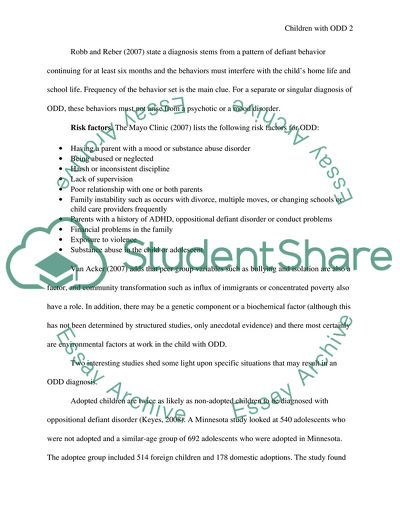Cite this document
(Children with Oppositional Defiant Disorder Term Paper, n.d.)
Children with Oppositional Defiant Disorder Term Paper. Retrieved from https://studentshare.org/psychology/1553780-children-with-oppositional-defiant-disorder
Children with Oppositional Defiant Disorder Term Paper. Retrieved from https://studentshare.org/psychology/1553780-children-with-oppositional-defiant-disorder
(Children With Oppositional Defiant Disorder Term Paper)
Children With Oppositional Defiant Disorder Term Paper. https://studentshare.org/psychology/1553780-children-with-oppositional-defiant-disorder.
Children With Oppositional Defiant Disorder Term Paper. https://studentshare.org/psychology/1553780-children-with-oppositional-defiant-disorder.
“Children With Oppositional Defiant Disorder Term Paper”. https://studentshare.org/psychology/1553780-children-with-oppositional-defiant-disorder.


